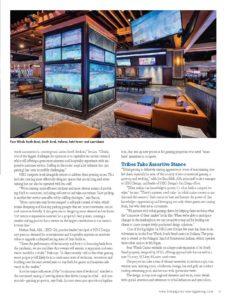See full article in Tribal Government Gaming
by Dave Bontempo
Tribal projects and gaming revenues rebound in the post-pandemic world
Bring back the aggressive gaming approach.
Tribal leaders and design firms say the “be-safe” phrase is morphing into “go-big” for the new post-pandemic world. Pent-up demand meets the resumption of competition, requiring tribal leaders to perform a balancing act. Operators seek the sweet spot incorporating must-see attractions, comfortable environments and realistic budgets.
As the American market emerges from Covid-19, projects become more forward-looking, far-reaching and sophisticated. Some of the nation’s most prominent companies help tribal leaders step forward.
Project Optimism
HBG Design unveils several operations with tribal leaders positioning themselves both for near-term and long-term success. Dike Bacon, principal, notes that U.S. commercial gaming revenues set an all-time record in gross revenue of $53 billion in 2021.
If this is any indication of the health and vitality of the Indian gaming industry (NIGC has not released 2021 figures), business is booming, he says. “Visit any casino in almost any domestic market and customer traffic is extraordinarily strong—inflation notwithstanding—and you see that demand is there,” he says.
Drivable trips are answering the call of most travelers’ curiosity, which has fueled the need to create fresh and exciting offerings in regional markets where many tribal casinos are located, he adds.
“Competition and location are often the driving forces behind whether a property needs a ‘must-see attraction’ as a differentiator and a draw, but any such ‘wow factor’ has to align with the property’s brand and target audience,” Bacon says.
“I’ll give you an example—we’re designing a distinctive feature attraction for events, music, daytime leisure and active nightlife, as part of a tribal casino resort expansion. The property has a formidable reputation as a leading entertainment and gaming destination, located within 30 miles of a metro feeder market of over 1 million people.
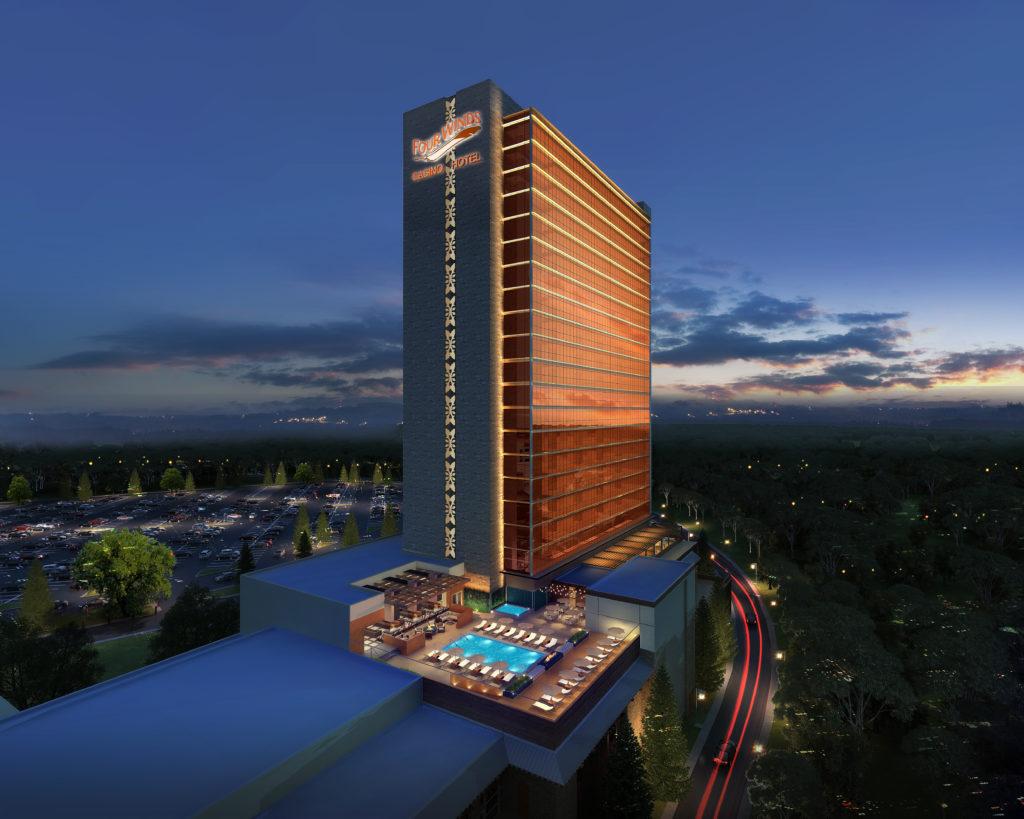
“Properties like this are able to support large-scale, high-impact, must-see attractions when their location combines a vibrant, diverse local population base and access to an equally strong destination customer who is willing to drive farther and stay longer to experience a distinctive amenity that is unmatched in the regional market.”
Bacon says HBG seeks innovative ways to help clients do more with less.
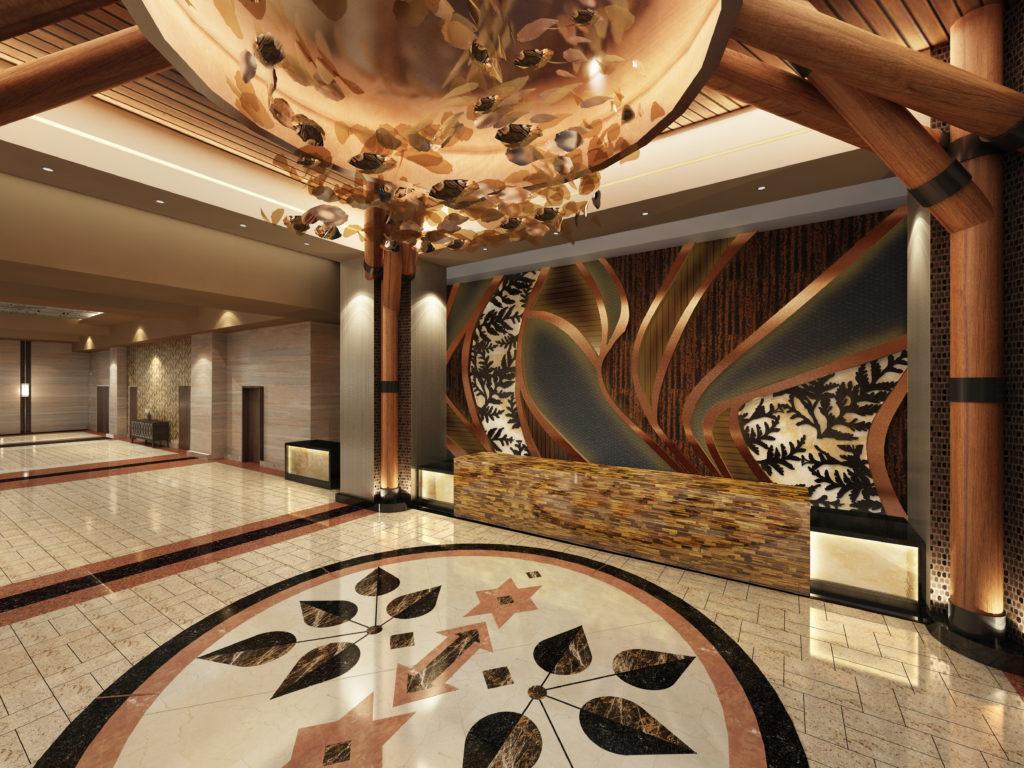
“This challenge covers a lot of ground, from designing public spaces and guest rooms that are easier and faster to clean and service to moving towards automation in concierge and casino hotel check-in,” he says. “Clearly, one of the biggest challenges for operators is to capitalize on current demand while still offering a great entertainment and hospitality experience with impressive customer service. Staffing in the entire hospitality industry (not just gaming) has been incredibly challenging.”
HBG designers work alongside owners to address these pressing issues. This includes creating more efficiently designed spaces that are exciting and entertaining but can also be operated with less staff.
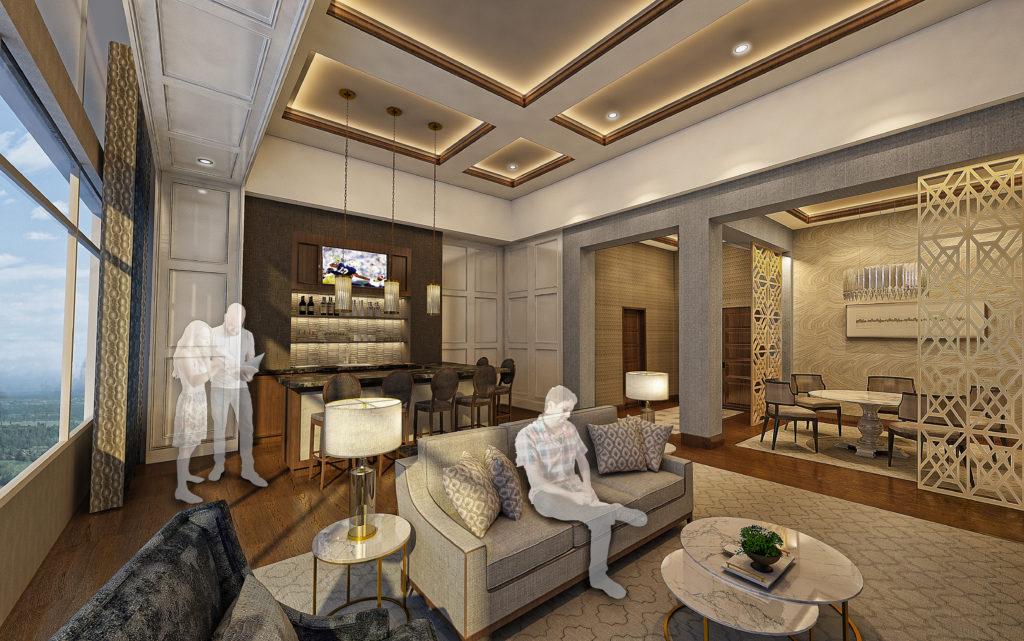
“We’re creating more efficient kitchens and more diverse means of providing F&B to customers, including self-service and take-out venues. Valet parking is another key service area affected by staffing shortages,” says Bacon.
“More customers may be encouraged to self-park instead of valet, which means designing and locating parking garages that are more convenient, secure and customer-friendly. It also gives rise to designing more elevated and exclusive VIP entrance experiences reserved for a property’s best players, creating a smaller staffing pool to focus service on the largest contributors to the casino’s bottom line.”
Nathan Peak, AIA, LEED GA, practice leader/principal of HBG Design, says pent-up demand for entertainment and hospitality experiences motivate tribes to upgrade underperforming areas of their facilities.
“Given the performance of the industry and how it is bouncing back from the pandemic, we are confident that owners will remain in expansion and renovation mode for a while,” Peak says. “A client recently told us that their gaming resort property will likely be in a continuous state of evolution, renovation and building over the next several years to stay fresh for guests and maintain relevancy in the market.”
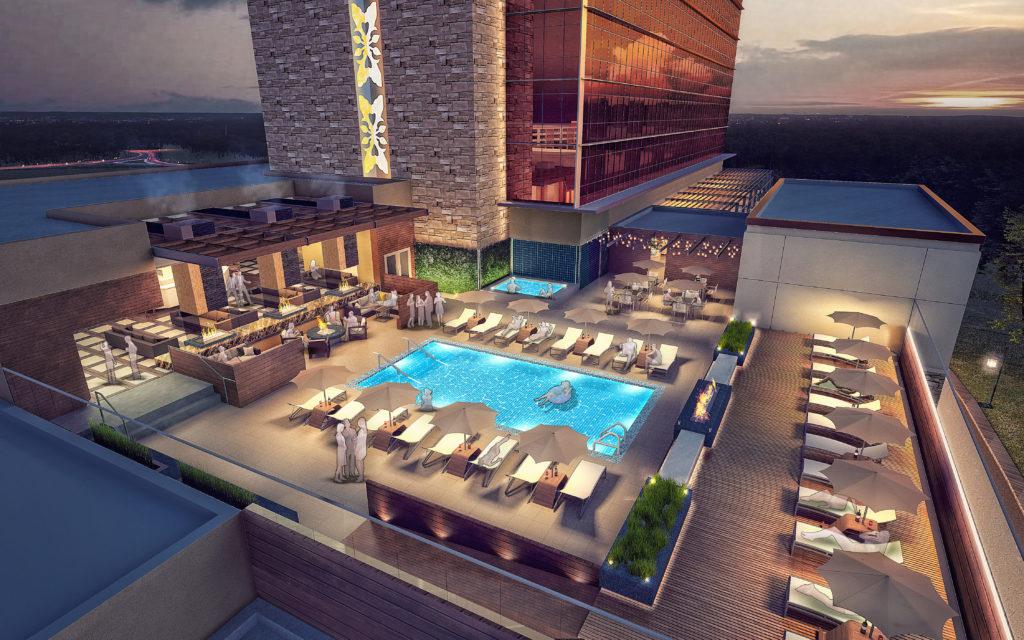
Another major influencer of the “continuous state of evolution” mindset is the continued passing of new legislation that drives change in tribal—and commercial—gaming properties, says Peak. As more states pass sportsbook legalization, that sets up new priorities for gaming properties who need “must-have” amenities to compete.
Tribes Take Assertive Stance
“Tribal gaming is definitely staying aggressive in terms of maintaining market share, especially in areas of the country where commercial gaming is growing and evolving,” adds Joe Baruffaldi, AIA, principal/project manager at HBG Design, and leader of HBG Design’s San Diego office.
“Tribes realize that knowledge is power; it’s what fuels a competitive edge,” he says. “There’s a greater need today for tribal casino owners to understand the nature of their customer base and harness the power of that knowledge—appreciating and leveraging not only where guests are coming from, but who they are as consumers.
“We partner with tribal gaming clients by helping them envision what the ‘tomorrow of their market’ looks like. When we’re able to anticipate changes in the marketplace, we can proactively respond by leading our clients to more competitively positioned design solutions.”
One of the highlights for HBG over the last few years has been its involvement in in the Four Winds South Bend casino in Indiana. The property is owned by the Pokagon Band of Potawatomi Indians, which operates three other casinos in Michigan.
Four Winds Casino embarks on a large-scale expansion of its South Bend property, designed by HBG, offering approachable luxury within a new 23-story, 317-key, 83-suite hotel tower.
The project includes a mix of vibrant amenities, to include a spa, convention area, meeting space, a ballroom, lounge, bar and grill, an outdoor rooftop swimming pool, and terraces with spectacular views.
The design incorporates regional elements and warm, rustic details with special attention and references to tribal influences and symbolism.

